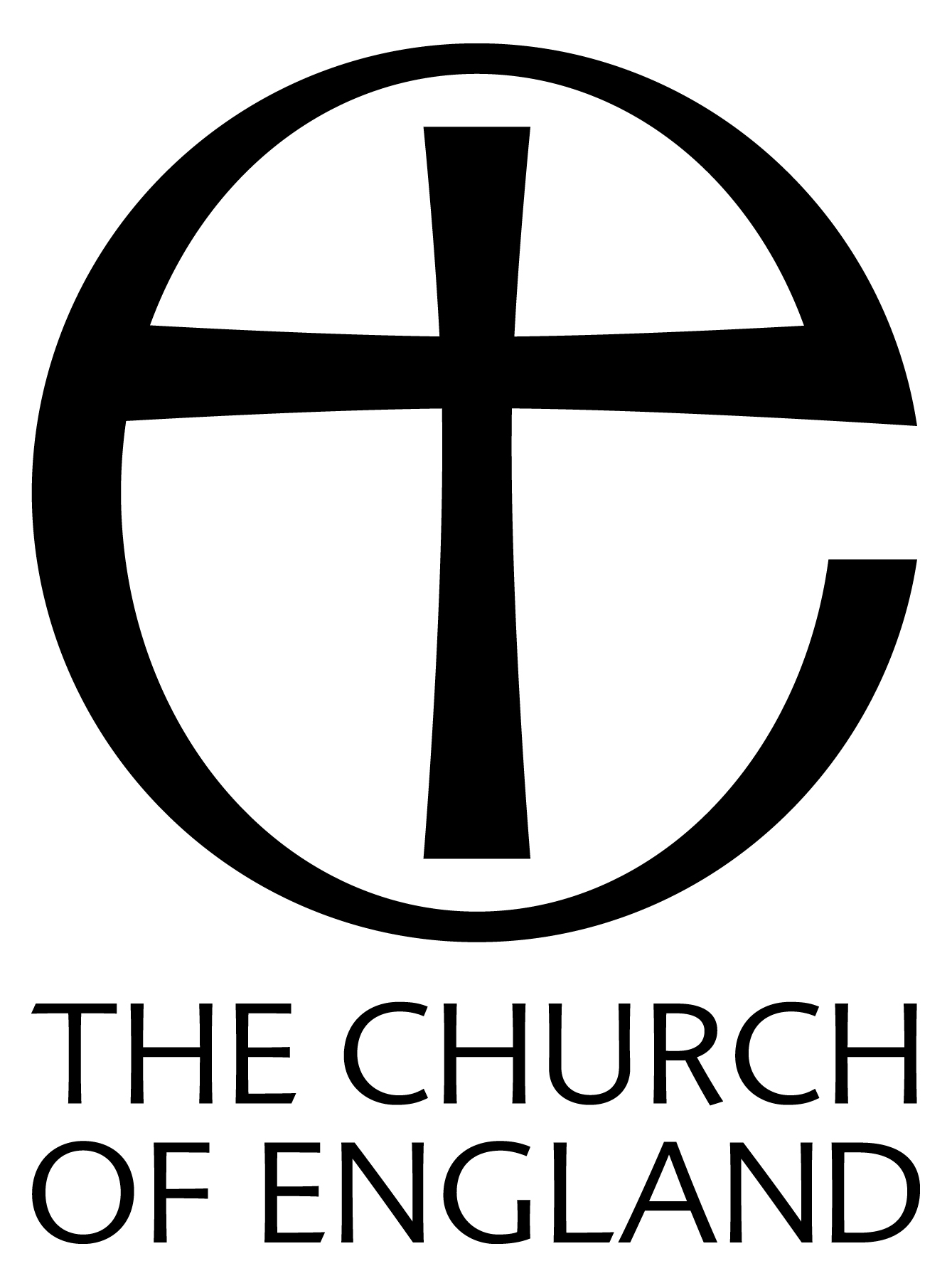9
ORIGINS OF THE CHURCH AND PARISH
Volume II of the Transactions of the East Riding Antiquarian Society contains an article by Thomas Blashill entitled, " Hull and Dripole in the Thirteenth Century," wherein the author sought to prove that the earliest settlement, known as Wyke upon Hull, lay on the east side of the river, between ancient Drypool and Stoneferry. We are not concerned with the position of Wyke, but Blashill quotes evidence to show that in the thirteenth century, and for " long afterwards," Drypool extended " upon the eastern bank of the River Hull, far into the Parish of Sutton," and covered nearly the whole of the district called the Groves. The southern portion lay in the Parish of Swine.
Drypool depended on Swine, and was not separated until after the middle of the seventeenth century, when a new parish came into being, Drypool cum Southcoates, which included Summergangs. The boundary between this parish and Sutton, to the north, was largely formed by the Summergangs Dyke, which originally emptied into the river at Drypool Gote. The fortifications erected in the time of Henry VIII, necessitated a new outlet and this was made half a mile to the north, across Drypool Field, one of the old open fields of the Manor. To the north lay Magnusdaile, or Maunsdale, a small estate built up by the monks of Meaux. The northern boundary of this was another stream, called Gyselfleth, and Blashill supposes this stream was the ancient boundary of Drypool. The eastern boundary with Marfleet was the River Wilflete, a stream which was later superseded by the Holderness Drain.
Drypool lay in the Hull Valley, quite close to the point where it enters the Humber. Before the Norman Conquest this valley was largely Fenland, badly drained and still liable to flooding. Centuries of such flooding had gradually raised the level until by the end of the tenth century there was some cultivable land, which was relatively free from inundation. On this land several small hamlets, of which Drypool and Southcoates were two, had occupied the drier sites above flood level.
|
10

Drypool village, circa 1350. Reproduced [in booklet] by permission of the Trustees of the British Museum.
[Click image for larger version]
|


